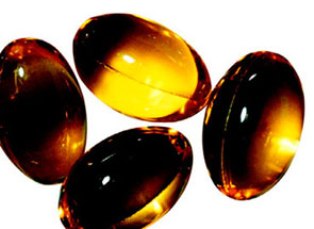December 7th, 2010 by Peggy Polaneczky, M.D. in Better Health Network, Health Tips, News, Opinion, Research
1 Comment »

Not as often as you think, even though Medicare may be willing to pay for it every two years. Via Science Daily:
Now a new study led by Margaret L. Gourlay, MD, MPH of the University of North Carolina at Chapel Hill School of Medicine finds that women aged 67 years and older with normal bone mineral density scores may not need screening again for 10 years.
“If a woman’s bone density at age 67 is very good, then she doesn’t need to be re-screened in two years or three years, because we’re not likely to see much change,” Gourlay said. “Our study found it would take about 16 years for 10 percent of women in the highest bone density ranges to develop osteoporosis. That was longer than we expected, and it’s great news for this group of women,” Gourlay said.
The researchers suggest that for T scores > -1.5, repeat testing needn’t be done for 10 years. Women with T scores between -1.5 and -2.0 can be re-screened in 5 years, and those with T scores below -2.0 can have every other year testing as is done now.
To be honest, I’ve been spacing out bone density testing in woman with good baseline scores for some time, but not knowing how long I can go. This is great information for me and for my patients.
*This blog post was originally published at tbtam*
November 30th, 2010 by PeterWehrwein in Better Health Network, Health Tips, News, Research
1 Comment »

 Vitamin D has been talked about as the vitamin — the one that might help fend off everything from cancer to heart disease to autoimmune disorders, if only we were to get enough of it.
Vitamin D has been talked about as the vitamin — the one that might help fend off everything from cancer to heart disease to autoimmune disorders, if only we were to get enough of it.
“Whoa!” is the message from a committee of experts assembled by the Institute of Medicine (IOM) to update recommendations for vitamin D (and for calcium).
The IOM committee’s report, released this morning, says evidence for many of the health claims for vitamin D is “inconsistent and/or conflicting or did not demonstrate causality.” The exception is the vitamin’s well-documented (and noncontroversial) benefits on bone growth and maintenance.
The IOM panel’s report also says most North Americans (Canadians as well as Americans) have more than enough vitamin D in their blood to achieve the desired effect on bone. The committee said a blood level of 20 nanograms per milliliter (ng/mL) is sufficient for most people.
The panel set 600 International Units (IU) as the recommended daily intake for children and for adults ages 19 to 70. People ages 71 and older are supposed to get an additional 200 IU, or 800 IU a day.
That’s a fairly sizable increase over the previous recommendations of 200 IU per day through age 50, 400 IU for people ages 51 to 70, and 600 IU for people ages 71 and older. Read more »
*This blog post was originally published at Harvard Health Blog*













